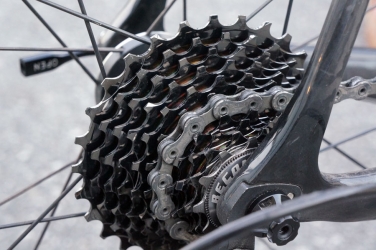Bike cassette
cassette Fixes, Reviews & Guides
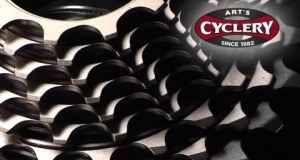
SRAM Red XG-1090 Cassette
XG-1090 Cassette
We all knew it was coming, but the XG-1090 cassette is better than we could have imagined. Super light, super durable, and extremely quiet, the...
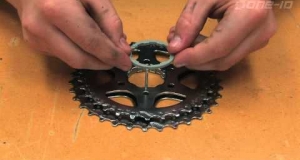
Manually Clean A Mountain Bike Cassette
To improve the performance and life span of a cassette it is important to clean it manually. After removing the cassette from the hub, flip it over, and remove the screw holding the stack together...
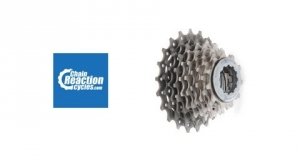
Shimano Dura-Ace 7900 10 Speed Cassette
Shimano Dura-Ace 7900 10 Speed Rear Cassette:
The Dura-Ace line offers a great combination of durability and lightweight performance. It is available in 8 different sizes from 11-21 up to...
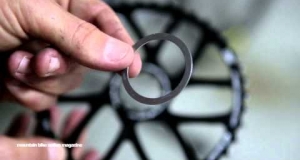
Install a 42-tooth Sprocket on a 10-speed Cassette
One Up Components 42 Tooth Sprocket:
This is designed for SRAM and Shimano’s 10-speed drivetrains, which use 11t-36t cassettes.
42-tooth Sprocket for 10-speed...

Top 5 Inexpensive Mountain Bike Christmas Gifts
Top 5 Mountain Bike Christmas Gifts:
1- GoPro Hero- the GoPro has become eponymous in the world of wearable camera technology. As of 2014, you can now buy a GoPro without breaking the bank...
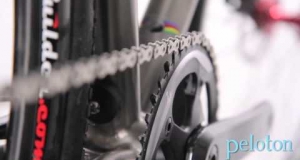
Review: SRAM Force CX1 (1x11 group)
A quick look at SRAM's new Force CX1 1x11 group:
1x11 groups, with 1 chain ring in the front and an 11-speed cassette in the back have gained wide popularity in all styles of mountain...
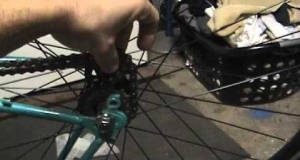
How to Rotafix (tighten/loosen) a Fixed Gear Cog without Chain Whip
How to Rotafix:
Rotafix is a technique for tightening or loosening a cog without a chain whip.
Why Roafix? Because standard chain whips do not fit 1/8” cogs, and you get the...
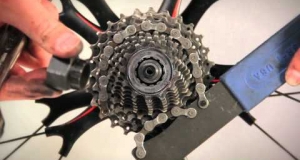
How to Inspect, Remove, and Install a Cassette
How to remove and install your cassette:
For this job you will need the appropriate cassette lock ring removal tool, an adjustable crescent wrench, and a chain whip.
Equipment check...
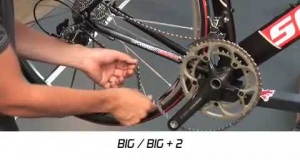
How to Install a SRAM Bike Chain
Chains are where you can get a lot of grit and just plain dirtiness accumulating so it’s something you should clean and maintain on a regular basis. If you need to install a chain, remember to get...
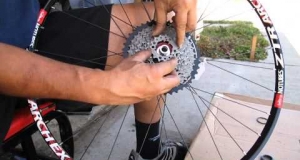
Install Wolf Tooth Components' 42 Tooth Giant Cog
We're going to install the 42 tooth giant cog from Wolf Tooth Components. The cog in this video is for a Shimano cassette. We're going to replace the 17 tooth cog and spacer from the cassette and...
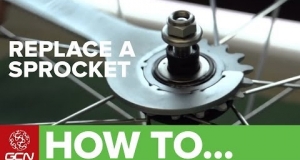
Replace a Fixed Gear (Fixie) or Track Bike Sprocket
If you ride a track bike or single speed bike you've only got one option when it comes to gearing, but what if you want to gear down or gear up? You have three choices....
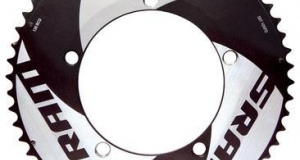
Sram Road Bike Components: A Comprehensive Overview
Officially launched in 1988, Sram is a relatively young company with a lot of design ingenuity and the original maker of the Grip Shift. They’ve been making their way up through the bike component...
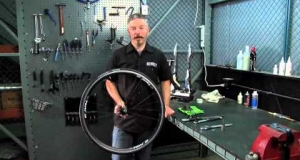
How to Remove and Install a Shimano Cassette
First things first: a freewheel is not a cassette. There are several differences between the two. In a cassette, the ratcheting mechanism is part of the hub and is integrated, not screwed on. A...
Shimano Component Groups for Mountain Bikes: A Comprehensive Overview
Just in case you mtb-ers thought I forgot about you, think again.
Here’s a look at all the component groups for mountain bikes that Shimano has out, starting from the bottom up.
...
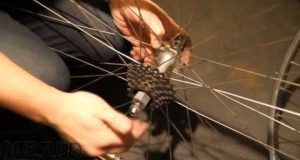
How to Remove a Bicycle Freewheel, Even a Stuck One
Tutorial on how to remove a freewheel from a bicycle wheel.
First remove the skewer from the wheel. Then identify the correct tool to remove the freewheel. Once you have the correct...
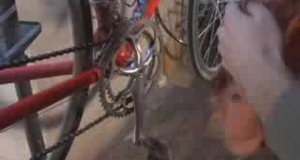
How to Clean & Lube your Bicycle's Drivetrain
A man and his rag: In this video we give you a quick overview of how keep your bike in superb running condition by keeping your drivetrain (i.e. cassette, chain, chain rings, dearailleur) clean....
